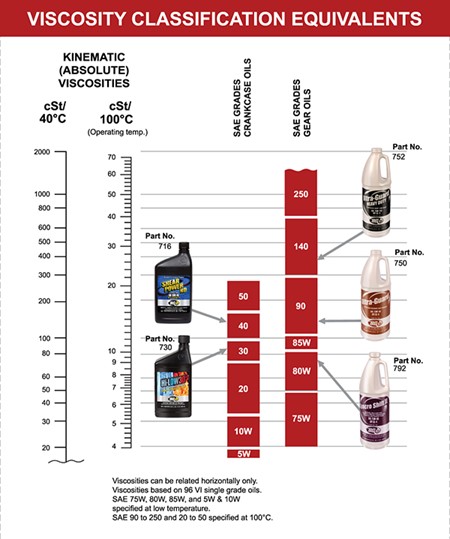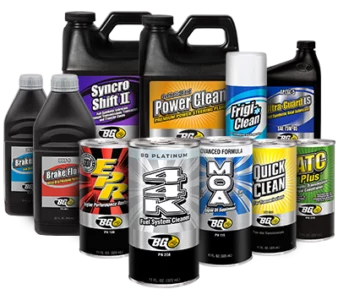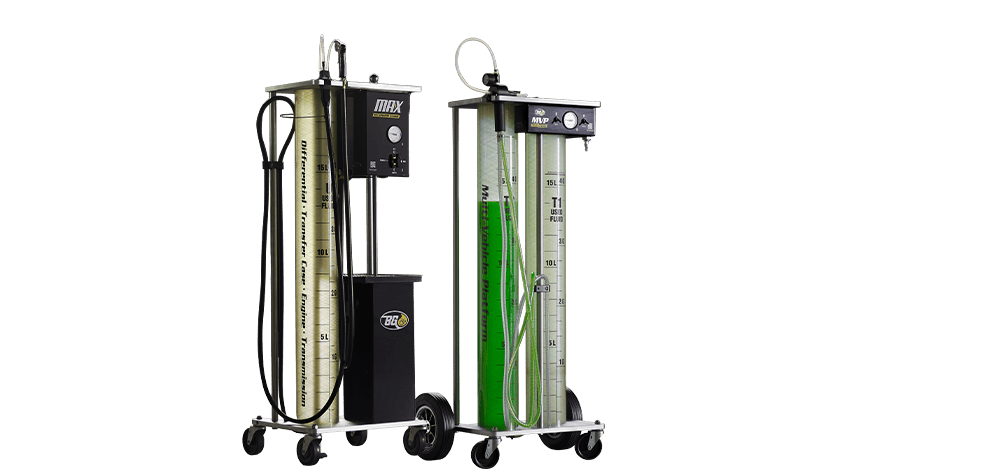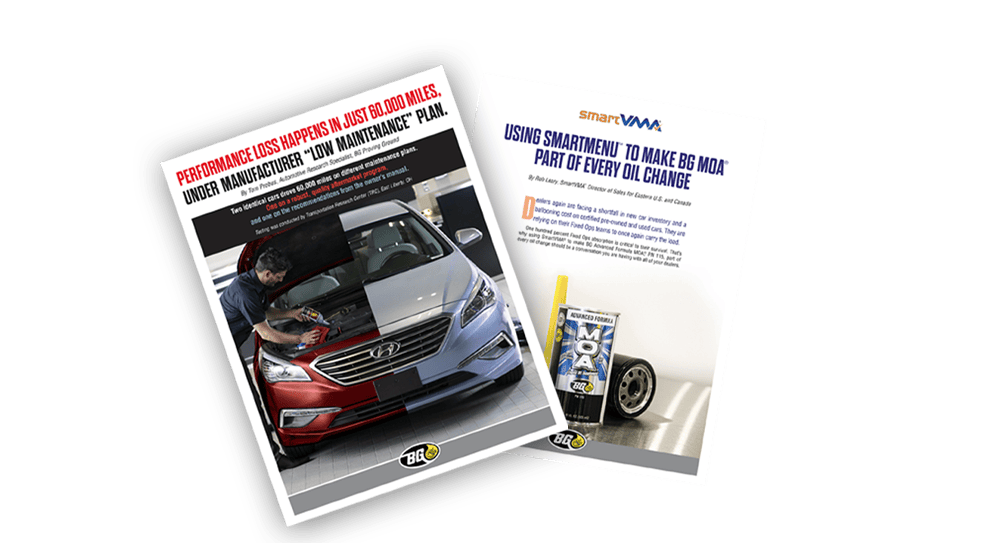“This misconception is very common, but knowing the differences is essential, especially for those consulting with fleets that are using a variety of fluids. We can often simplify the situation by replacing their variety of oils with one of our BG Ultra-Guard™ gear oils.”
Dustin Willhite, BG Director of Laboratories
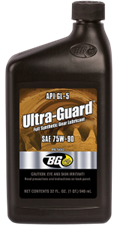
What does a chemist have to say?
Where does a 20W-50 crankcase oil Cross with a 75W-90 gear oil?
Who done it?
In terms of SAE grades, we simply have two different categories of names assigned to two different lubricating oils. But because oils are known by their grades, their properties are easily misconstrued. Furthermore, some OEMs recommend a variety of dissimilar oils for the same application (i.e. crankcase oil in a gear system). BG does not advocate this liberal use of dissimilar oils. In order to be best protected, each application requires matching the right oil with the right additives.
So, how do we know which is the right oil? By measuring the viscosities and specific performance design, of course! Use your chart as a guide and you’ll be speaking the crankcase and gear oil languages, fluid-ly.
